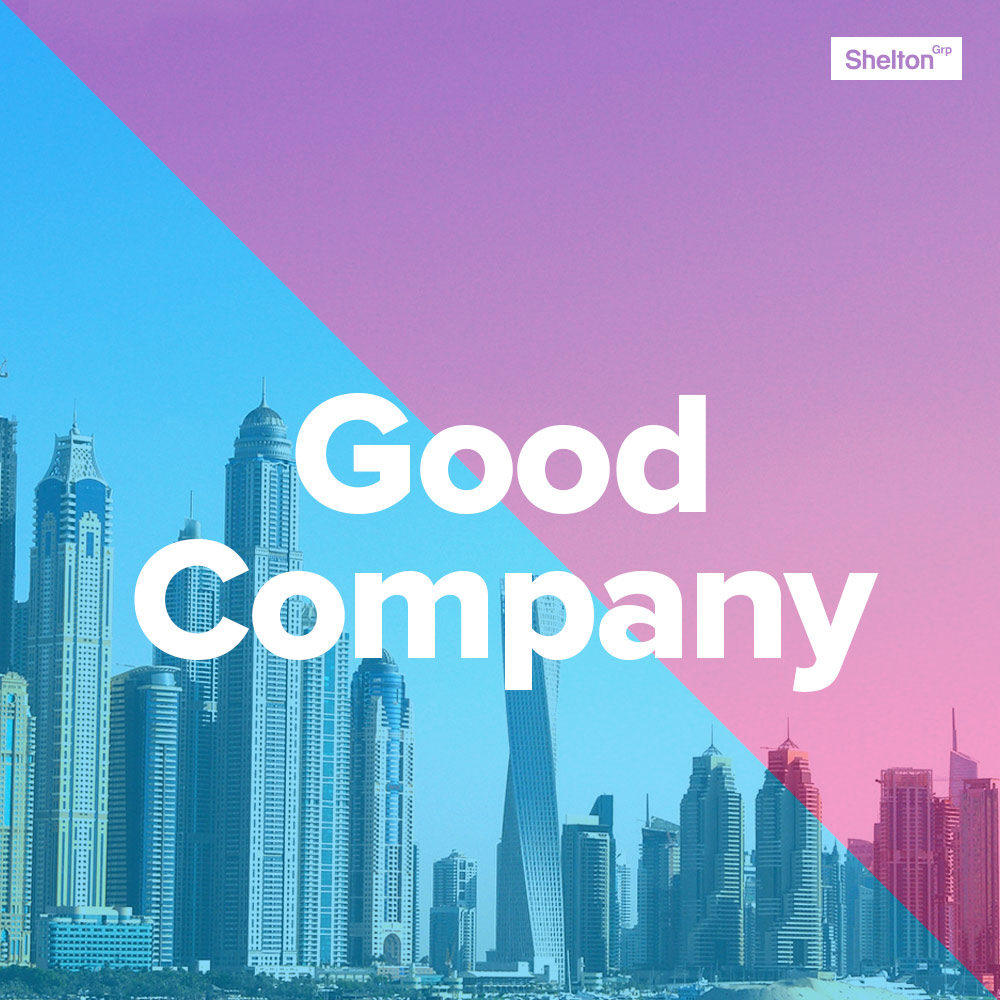How to get the most bang for your sustainability reporting buck
Shelton Stat of the Week
Only 12% of Americans say they’ve read a company’s sustainability/CSR/ESG report. — Good Company survey, December 2020
How to get the most bang for your sustainability reporting buck
There’s a lot out there right now about consolidating sustainability reporting frameworks. If you want a quick primer on the consolidation effort, go here. If you want a quick primer on what ESG reporting is, go here.
I indeed hope consolidation happens, and I hope every sizable company — public or private — reports every year about their accomplishments for people and the planet (what gets measured gets managed, after all). What I hope DOESN’T happen is that sustainability reporting becomes only about the numbers, and the story falls by the wayside.
To that end, I want everybody involved in sustainability reporting to think about it in three ways:
1. Reporting isn’t just about the report.
Yes, there should be an actual report that reveals progress made. But that should simply be one element of the overall reporting exercise. Think about it like this: when you get your kid’s report card, do you just look at the grades, or do you also read the comments from teachers? And which do you find most compelling? In my experience, the quick teacher comments tell me a richer story than the grades alone reveal, and that gives me a launching pad for better coaching with my child. Think about your reporting like that — what you’re really doing is telling an overarching story that gives all your audiences a way to think about your company, your brand, your purpose. Some of that story is told in the numbers. But a lot of that story is told in the narrative.
2. Reporting isn’t just about investors.
Yes, the efforts at consolidating frameworks ARE very much about investors. They want to be able to compare apples to apples to determine quickly which companies are de-risking themselves on environmental and social fronts and to understand how any one company’s efforts stand out in relation to others. That’s a must. But investors are people, too. And given that so much of a company’s value today is determined by intangibles, sharing a story with them about your purpose, your vision for the world and how your innovation pipeline will provide for that vision helps investors see those intangibles.
And, of course, for consumer, customer and employee audiences, it’s all about the intangibles, like purpose and vision. Your reporting should be aimed at them as well. But not the report. In other words, as our stat above bears out, very few consumers will ever read your report. But there are elements in your report that can be used to tell your ESG story to consumers.
3. Reporting should be modular.
Done correctly, the actual report can contain elements that can easily be pulled out and repurposed for consumers, customers and employees. A cool infographic that shows how you’ve worked with your supply chain to reduce GHG emissions? That would look great in a sales presentation. A sidebar story about the beach cleanup your employees did together? That would work great as a post on your company’s LinkedIn page. An interview with your Chief Innovation Officer about waste-less packaging? Turn it into a series of :30 videos and use them on your consumer-facing social media platforms.
So much money — and time — gets spent on the report. So stop thinking about it as a finite output and start thinking about it as a modular storytelling tool.

Your sustainability report shouldn’t be an information overload. Learn best practices and shifts in reporting standards discovered by The Conference Board ESG Center in this PR Newswire article.
Read more…

True Transparency Requires In-Depth Reporting
— Yahoo Finance
According to this Yahoo Finance article, as regulations and frameworks for ESG reporting continue to shift one thing remains consistent — transparency is key.
Read more…
Good Company
Americans are putting their wallets where their values are. They buy brands (or those brands’ competitors) based not just on corporate behavior, but on how that behavior is perceived.
So how do you protect your bottom line and safeguard your reputation, all while making the world a better place? Well, good works. That’s the simple truth, and as you’ll learn in this report, Shelton Group has the research to back it up.
You’ll also learn how your brand can apply our insights to share your good stories in ways that captivate the public’s passion – so you can gain a market advantage.


-
TAGS:Corporate Sustainability, Energy & Environmental Marketing, Environmental Issues